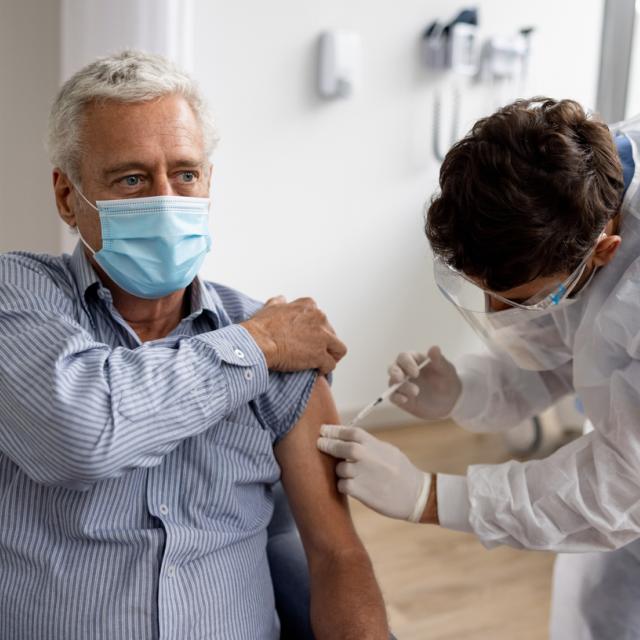Eating disorders amongst children and young people during the COVID-19 pandemic
 Blog
Blog

The Department for Health and Social Care (DHSC) funded a number of pilots of initiatives related to self-isolation in areas with high COVID-19 transmission. The programmes aimed to test creative ways to encourage people most at risk of catching and transmitting COVID-19 to test and to self-isolate if they test positive. Magpie created a communications campaign, named ‘COVID-19 Explained’ to make information about COVID-19 simpler and more accessible for people that are less likely to comply with COVID-19 regulations or to be vaccinated. NatCen was commissioned to conduct an evaluation of this pilot in Yorkshire and Humber.
The campaign employed behavioural insights techniques to achieve increased vaccine confidence and increased COVID-19 testing. The evaluation originally included an assessment of the impact of the programme on engagement with Test and Trace and on self-isolation compliance, as measured by data sourced from NHS Test and Trace. However, the government changes on self-isolation affected the outcome data collection on self-isolation compliance and consequently analysis of impact on self-isolation compliance was not feasible. The campaign was launched in November 2021 and stopped in February 2022 in line with a reduction in COVID-19 communications nationally.
Our evaluation of this pilot comprised two strands:
Our IE findings showed:
Our IPE findings showed that:
There are several potential interpretations of the inconclusive findings around the impact of the campaign on testing and vaccination take up. Taking into consideration the evidence from the IPE, one possibility is that key elements of the campaign were delayed, coupled with the fact that key elements lasted too short a time or were modified. It should be noted that while evidence from the IPE suggested that most of the activities set out in the ToC were generally realised, there were many changes made to the campaign that may have meant that the campaign was not strong enough to produce change. Another element that could impact on the success, particularly in terms of measuring effectiveness on testing, is the fact that the measures used to detect change in testing uptake are very volatile. A final consideration for interpretation is that the measures used to detect impact on vaccination and testing aren’t especially well-aligned to the short-term outcomes that ‘COVID-19 Explained’ targets, that is outcomes on vaccination and testing are distant and not very sensitive to detect changes as result of the ‘COVID-19 Explained’ campaign.
 Blog
Blog
 Press release
Press release


Receive a regular update, sent directly to your inbox, with a summary of our current events, research, blogs and comment.
Subscribe